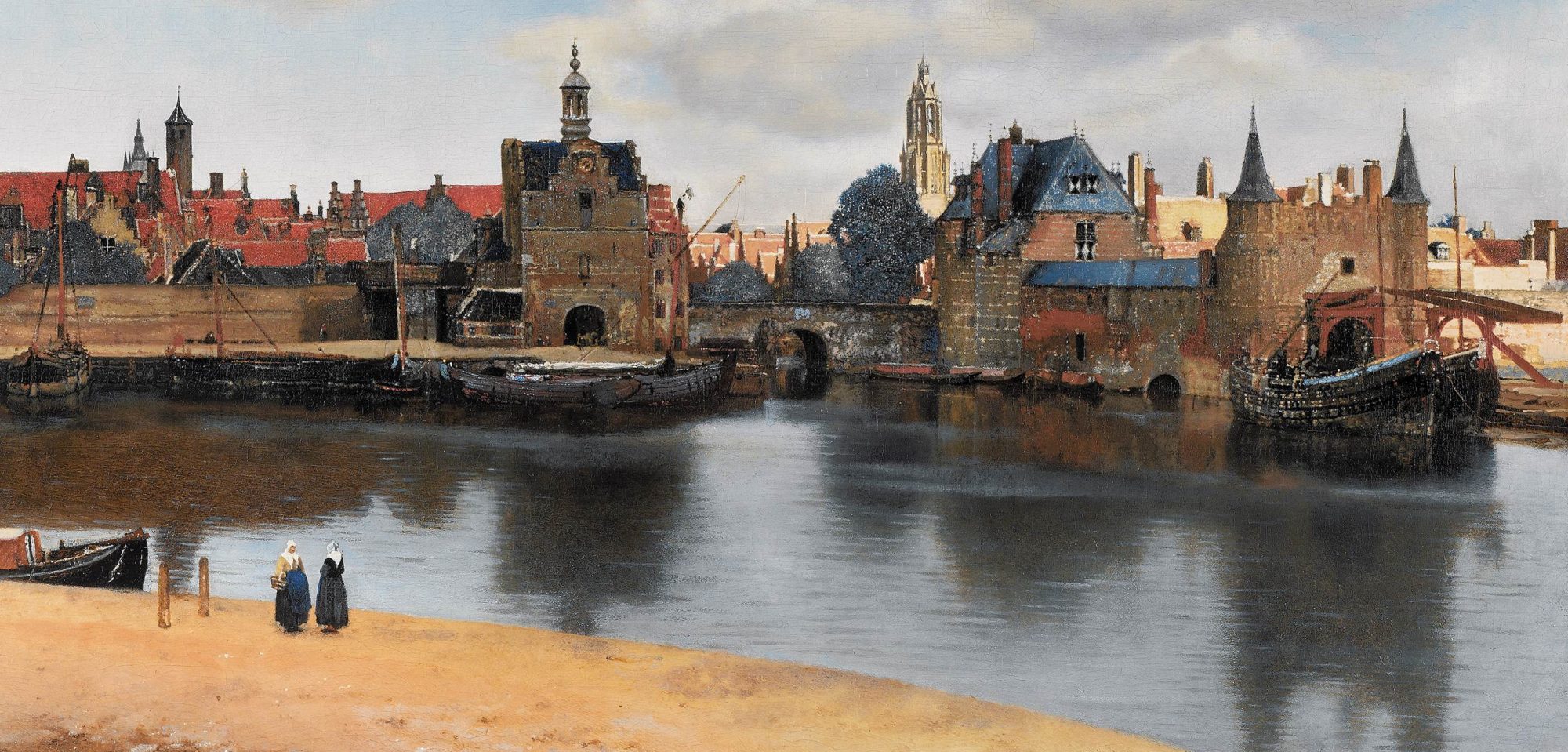Born in Beijing in 1972, Liu Wei (劉韡) graduated from the National Academy of Fine Arts, Hangzhou in 1996.
Lehmann Maupin describes 劉韡‘s work:
Liu Wei “explores 21st century socio-political concepts such as the contradictions of contemporary society and the transformation of developing cities and the urban landscape.
“In many of his sculptural and installation works, he uses found materials that are re-contextualized to draw new meanings out of the materials from which they are made.”
Liu Wei’s works are exhibited and collected globally. Institutional and private collectors include Seoul’s Leeum, Samsung Museum of Art (리움 삼성미술관); the M+ Museum for Visual Culture in Hong Kong; and the Rubell Family Collection in Miami.
As you research Mr. Liu’s work, examine his entire œuvre. This work documents an eye and sense for the universal appeal of line, color, and composition.
Lehmann Maupin will highlight Liu Wei and his work during next week’s Art Basel in Basel 2018.
Look for the extraordinary “Library V-II” (books, wood, and iron) of 2015-2018.
Lehmann Maupin, by the way, with a gallery in both Manhattan and Hong Kong and a space in Seoul that is open by appointment, is doing superb work.
See: Liu Wei, Lehmann Maupin
